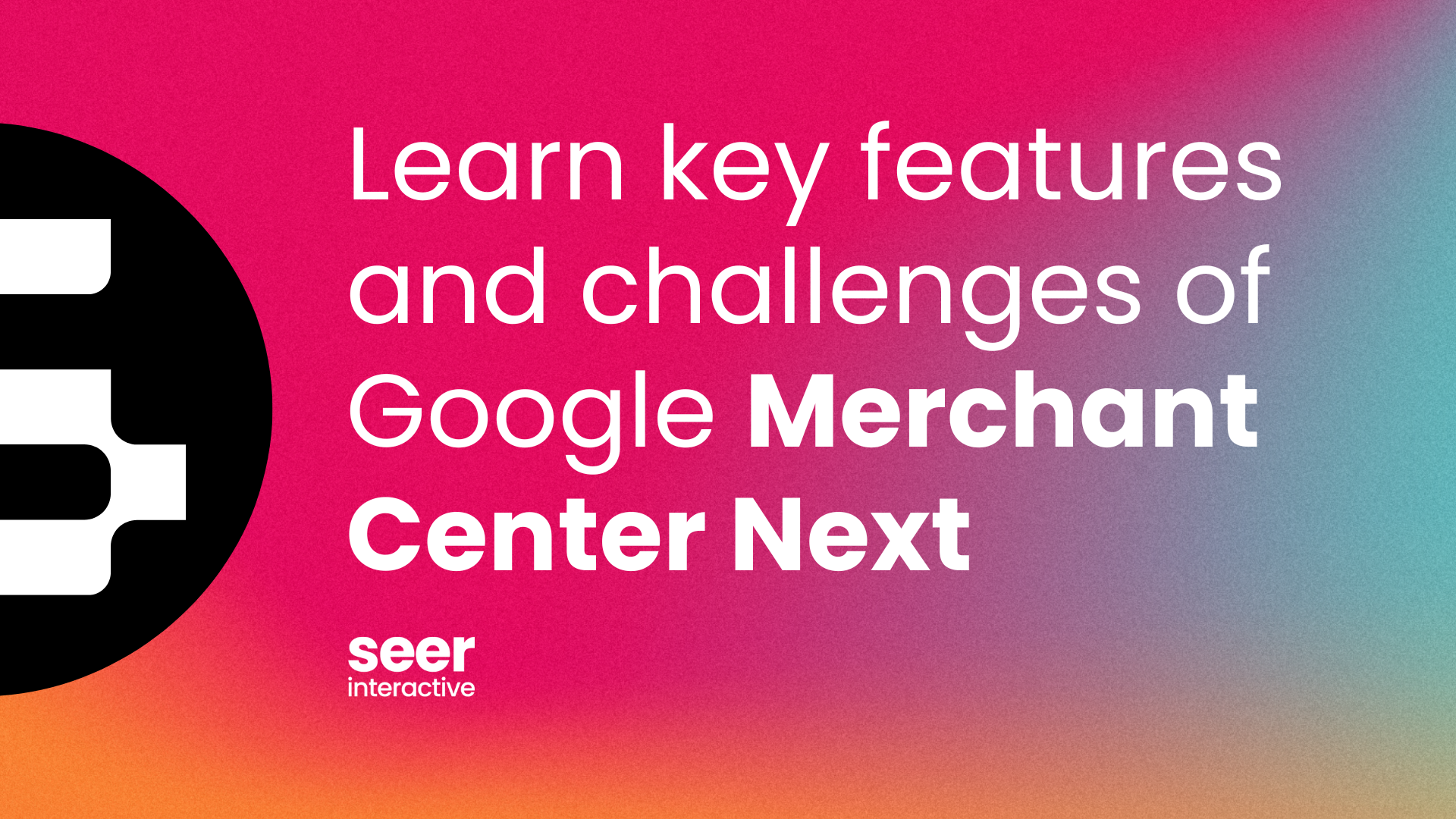There have been plenty of articles questioning the validity and quality of traffic from Bing and Yahoo’s syndicated search partners, and maybe even a few about Google’s Search Network. Well, I’m here to tell you that with all the bad also comes some good. If you manage Bing search partners properly, you can generate good returns. Whether you have a goal CPA/CPL or aiming for profitable ROI/ROAS, Bing and Yahoo’s search partners can be a hidden treasure. Here's an example of how we did it for one client.
Background
A SEER client had seen very low quality leads from search partners back in 2011 so we decided to focus our attention on Bing and Yahoo search, eliminating search partners all together. This helped improve our ROI. After a successful 2012, we began expanding our efforts and put together a proposal to revisit search partners in 2013, but in a more strategic manner.
Strategy
We created campaigns that target Bing and Yahoo search and another duplicate set of campaigns that target their search partners only. (Something I wish I could do on AdWords *cough cough*). My colleague, Harris Neifield, actually listed that as his #1 tip in a post from 2011 about managing search partners. This allows you to monitor and optimize performance independently as it can vary greatly between the two. If you’re running Bing campaigns and want to target search partners, this is an absolute must.
Results
More leads. Low CPA. Great ROI. I will place a disclaimer here that we did see a sizeable chunk of low quality form leads, but as I mentioned earlier, with all the bad comes good. Considering that the Average CPC and CPA were much lower on the search partners network, we bought ourselves some room to compensate for the lead quality.
For this client, we re-introduced search partners back in May 2013. As of January 2014, we’ve spent $3,300 and acquired 1,570 leads. Those leads eventually generated $10,500 in profit. Not revenue, profit. In other words, we had a 318% ROI, which is above our goal of 250% and the return of the comparable campaigns that target Bing & Yahoo search. And this only accounted for leads that converted online. More profit could have come through the phone where we’re currently unable to track revenue back to our PPC campaigns, although totals from that lead type in these campaigns is very low.
While there were plenty of junk leads that the client may have had to weed through to find the good ones, I think it’s worth the investment in the end. So before you go excluding search partners next time due to the high volume of low-quality leads, take a moment to see if the legitimate leads outweigh the low quality ones.
Some Other FYIs
It was very interesting that we did not see a large amount of phone leads leading me to believe that it was fraudulent activity at first. We’ve seen that happen in the past where a specific conversion increases by a large percentage while others remain consistent. This likely indicates a bot was programmed to complete a form to make it appear as if a publisher is sending great traffic. Who would question the quality if users are converting?
Another interesting trend we noticed was a high percentage of our form leads came from an email address associated with a service called Fake Mail Generator. Examples of these are rhyta.com, einrot.com, and superrito.com.
Next Steps
Since Bing allows advertisers to see performance data by search partner, I plan to evaluate each and determine if we can generate even higher returns. I’d also like to find a way to bake that data into my client’s internal reporting to see the full picture.
Another way to monitor quality of traffic from these campaigns is to check your bounce rate in Google Analytics. A high bounce rate usually indicates that traffic from a campaign is low quality. But again, be sure to focus on the overall return before you begin making any final decisions to cut completely.
How about yourself? Have you been successful on Bing’s search partners?



